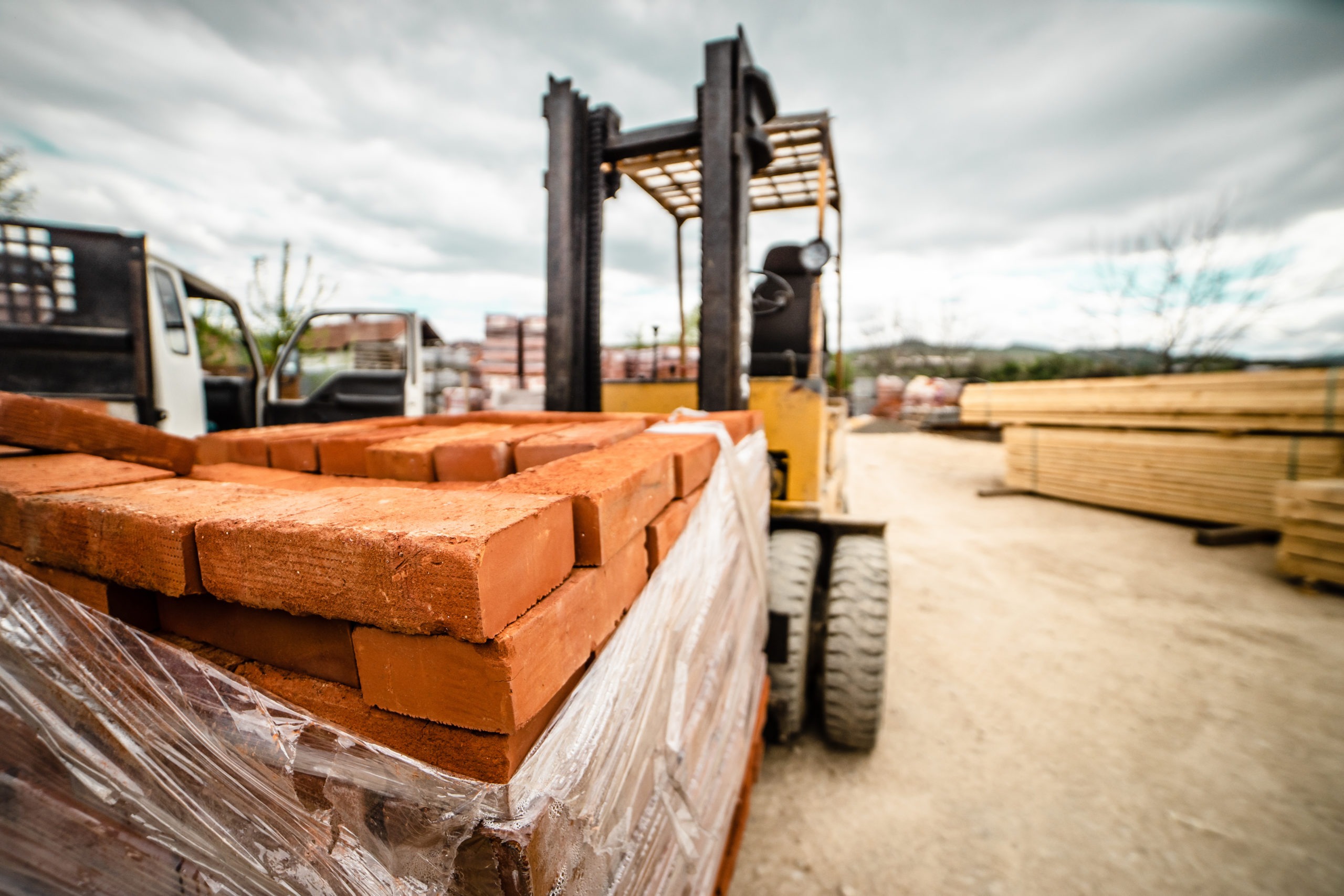A building project has the potential to generate income, provide work for many people, and offer an enjoyable way to learn something constructive in your downtime. It can, however, also be costly. Some building equipment alone can be so expensive that sometimes, projects are stalled in order to get the right equipment.
Whether you’re part of a project that’s building new office buildings or installing a new chicken coop for your farm, this list will provide some tips that’ll help you save money on building supplies, no matter the size of the project. And if you want to buy high-quality building materials, make sure to contact Parto Building Supplies.
1. Choose Off The Shelf Materials Instead Of Bespoke
According to Bernardi Building Supplies, choosing bespoke building supplies at any stage of a construction project can instantly raise its price. Standardize your construction materials and your sizes. For instance, if you plan to construct a home, make sure all the doors are standard size and made of materials you can buy at a local building supply store. Your project will be more cost-effective and faster to build as a result.
Since some materials will need to be shipped, bespoke materials will be harder to source and more expensive to deliver. This will, in turn, slow down the construction process, and costs will soar.
2. Decide On Your Budget
You don’t want to start a building project only to realize halfway through that you can’t afford it. Make sure that your architect and contractor understand your budget clearly. Provide them with information about the building supplies you can afford and the equipment you’ll need during the construction. Having a set budget early on saves time, and you’ll be able to jump right into your project once the concept is approved by all relevant parties.
Even if you do the project yourself, the same principles still apply. Stay within your budget and follow your plan. Don’t spend on something you think that’d compromise your financial capacity.
3. Have A Simple Design Concept
Make sure you use simple shapes in your design plan since a complex building will cost more to build in terms of materials and labor. Building time increases when a corner is added to a design, which can slow down the building process. Incorporating valleys into your architectural design will raise the price of some roof timbers, as well as the cost of labor.
Make your design as simple as possible unless you can afford complicated shapes. Focus on the essentials, and the rest will follow.
4. Buy At Wholesale Price
Purchasing bulk building supplies is necessary when building a construction project. You can obtain larger quantities of products and materials at a lower cost by purchasing construction materials wholesale. You’ll save money by purchasing from a wholesaler rather than a construction retailer.
5. Network With Suppliers
Only doing business with one supplier means you won’t know what the other suppliers have to offer as far as rates and materials are concerned. Getting quotes from multiple suppliers will enable you to compare quotes and work within your budget and design plan. It’s also possible for you to negotiate with all of the suppliers to see which one can offer you the most significant discount or even free delivery if you buy a certain number of materials.
It’ll be much easier to cultivate a good working relationship with a supplier who meets your design requirements and budget.
6. Purchase Easy To Install Materials
When building a home, you can save a lot of money, labor, and time by purchasing easy-to-install materials. Since these materials come with instructions on assembling them, there’s less risk of failure. Choose the most compatible materials with your budget and design, and inform your contractor and architect of these choices. Keeping all parties in the loop can help reduce the probability of an expensive mistake happening.
7. Reuse Materials Where Possible
Large construction projects can result in a large amount of material waste that’s still usable. Think creatively about how to make use of this material waste. Maybe there’s enough material to build a small tool shed in the backyard, or you can use some leftover materials to extend the patio by a few centimeters.
If there are still materials in excess, consider donating them rather than discarding them. Community projects that work with charity would be happy to accept any building materials and supplies that can help them with their projects.
8. Keep The Fancy Finishes For Later
Don’t overwhelm yourself with the choice of fittings and fixtures for your construction project at the start. Perhaps you finally got the big brass knocker for your door but didn’t get the materials to construct a working entry. There are many great options when it comes to fancy, decadent lighting, door handles, and countertops, but save all that for near the end of the construction process.
Then, you’ll know how much cash you have left for the sophisticated finishings after you’ve accomplished all the critical projects first.
Conclusion
Construction projects can be expensive, no matter the size, but you can save a lot of money on building supplies with some research, networking skills, and discipline. If you want to compare quotes and choose the right package for your design project, ensure you establish a budget before construction begins by approaching more than one supplier and contractor.
Your design plan should be followed easily as complex designs will cost more and take longer to complete. Keep any fancy finishings you have in mind for the end of the project so you can gauge if you can afford them. To save more money, you can also buy your building supplies in bulk and focus on materials that you can find on the shelf instead of bespoke materials that are harder to find and more expensive to ship.
Keeping all these tips in mind before and during construction will allow you to save big on building supplies. Consider the ideas mentioned here as you plan and prepare.


